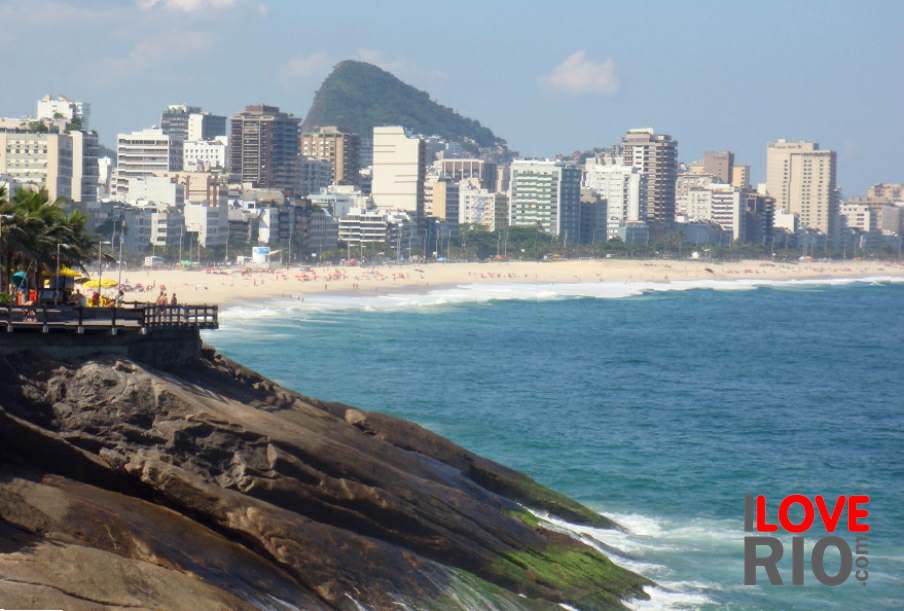

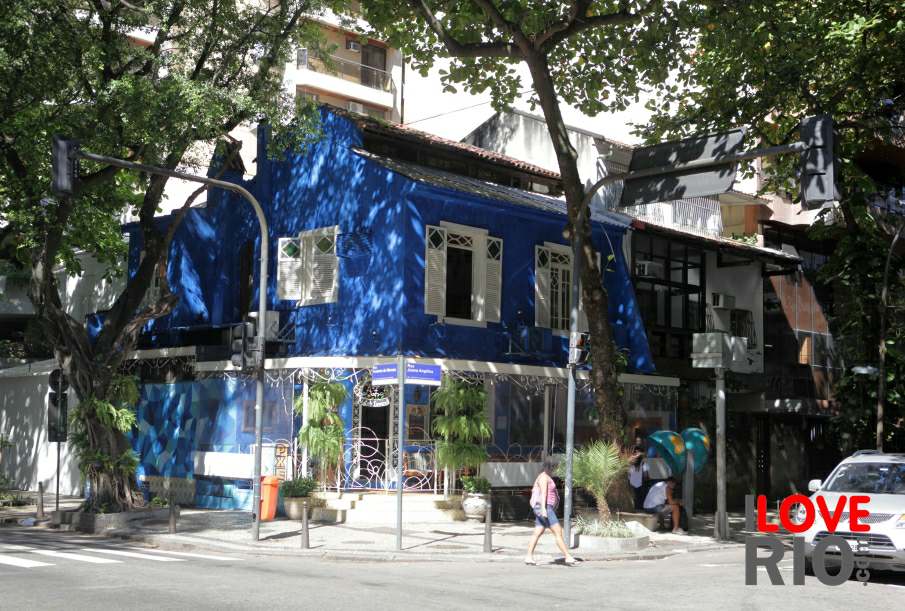
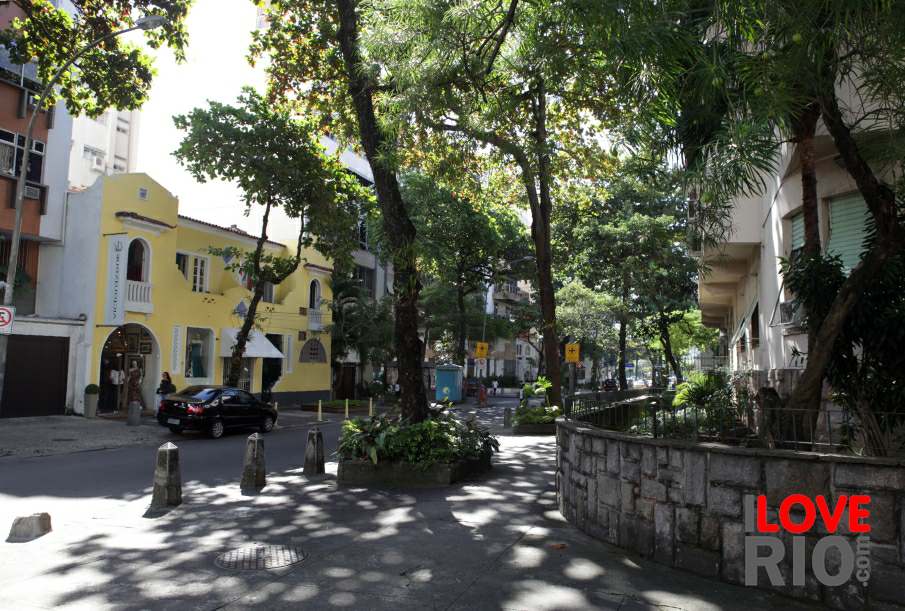
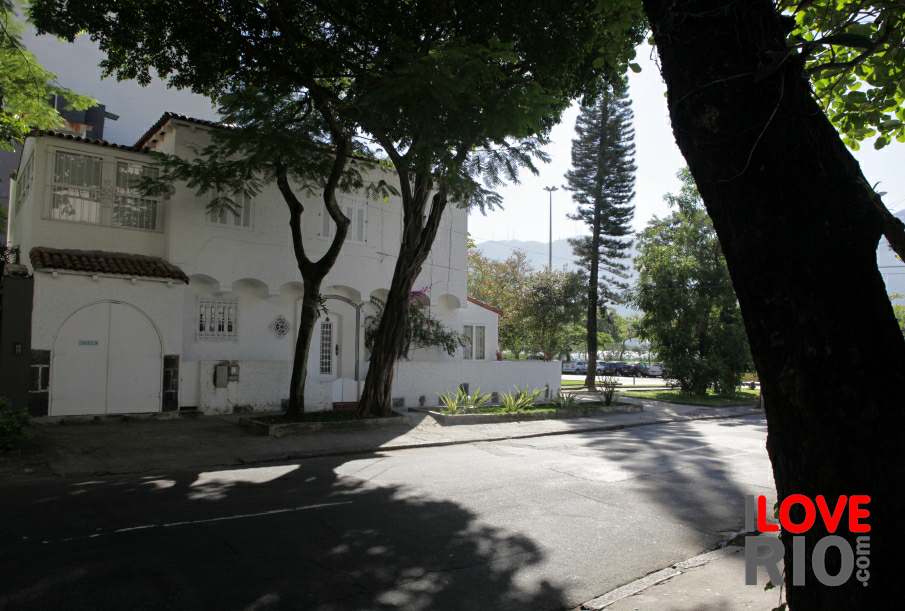
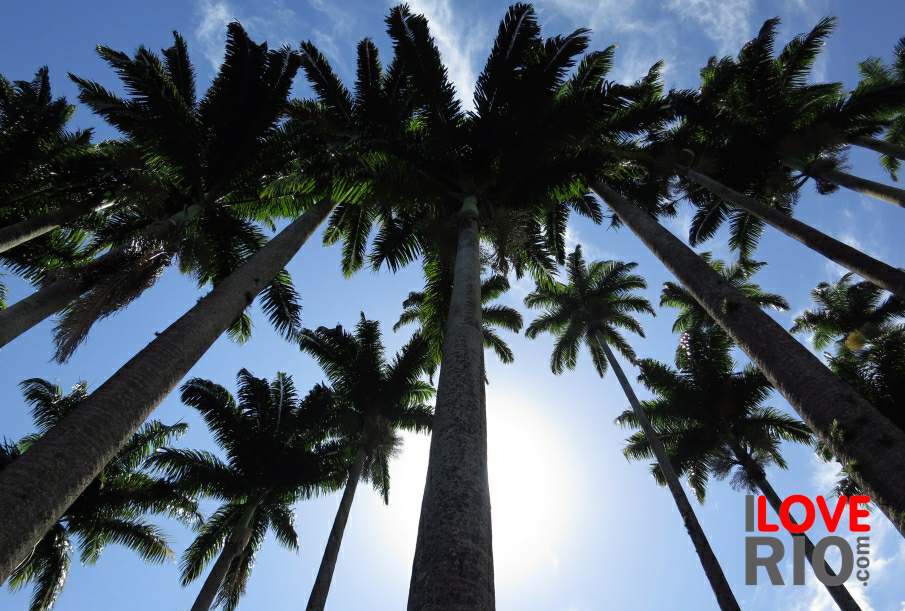
According to Garcez Marins (2006), tumult and disorder were the nouns most commonly used to define the dynamic between the Capitals of the Republic of Brazil. The emerging elites took on the responsibility of rescuing the country from 'slowness' which was attributed to their colonial and imperial past, and was 'visible in the apparent confusion of urban spaces, the crowded and noisy village streets, overcrowded residences, epidemics that spread rapidly through neighborhoods, continuously sweeping through large coastal capitals' (p. 132-133). Many travelers who passed through Rio de Janeiro in this period recorded the horror and insalubrity of the city. The slogans were: Modernize, sanitize, civilize; the city had to be reformed and modernized.
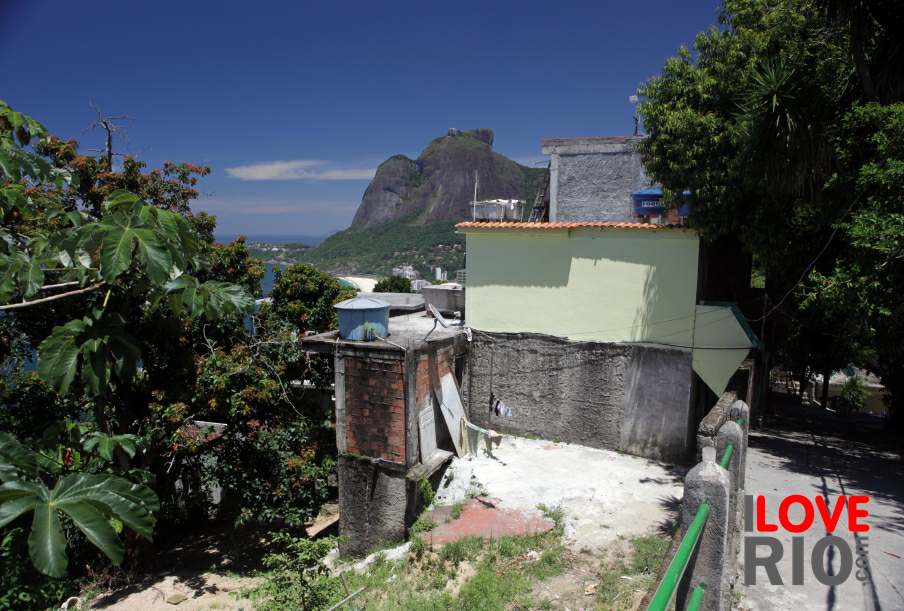

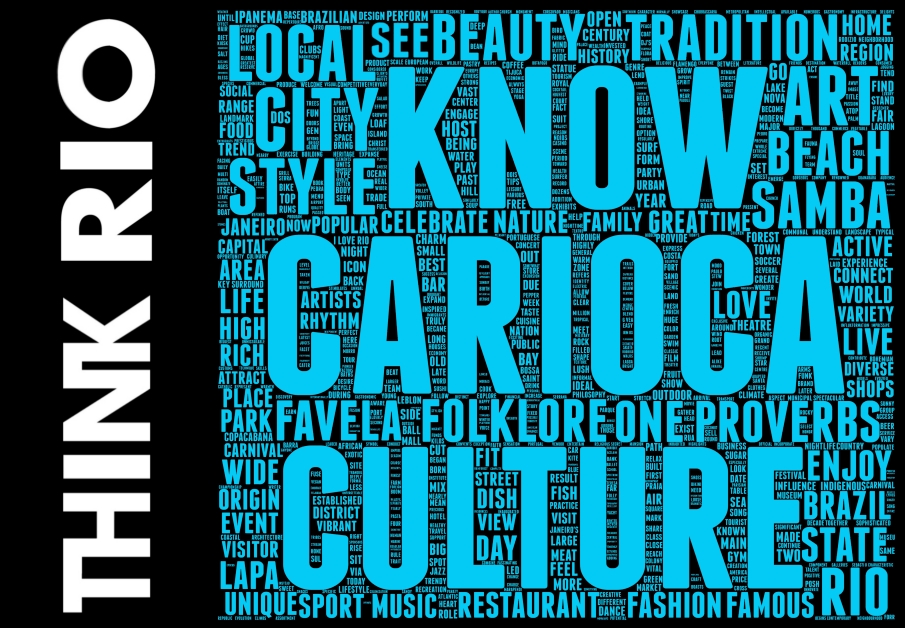
zona sul





